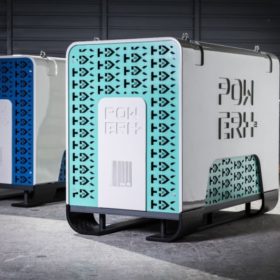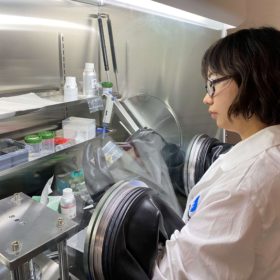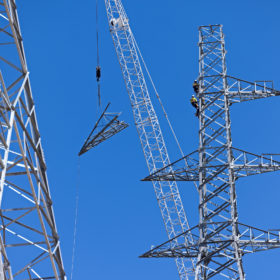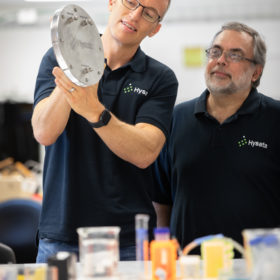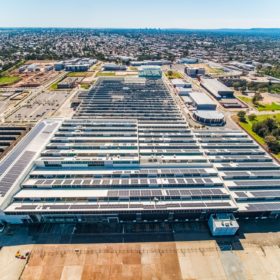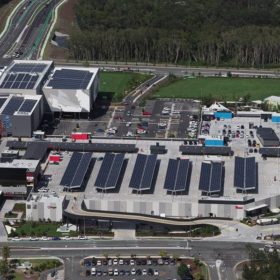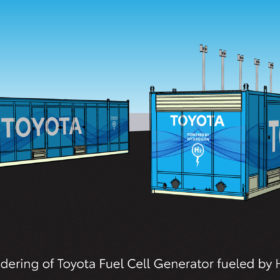H2X goes to market with hydrogen electricity generators
Clean energy start-up H2X Global has notched a major milestone with the first of its hydrogen-powered generators – built to replace traditional fossil-fuel fired gensets and provide green electricity for emergency supply and off-grid operations – released to the Australian market.
WA company expands R&D to test technology it claims boosts lithium-ion battery capacity by 30%
West Australian company Altech Chemicals has expanded its research and development laboratories to test how its “breakthrough” alumina-coated silicon for lithium-ion battery anodes performs for higher powered applications.
Decade of unreliability: renewable projects and transmission ‘urgently’ needed as Australia stares down coal closures
The Australian Energy Market Operator warns every Australian jurisdiction in the national grid could see electricity demand outstripping supply within the decade – though only if anticipated renewable projects do not come to fruition.
Wollongong university green hydrogen breakthrough team awarded grant for cell extracting hydrogen in methane
The University of Wollongong professor behind the capillary-fed electrolyser breakthrough now being commercialised by Hysata has received grant funding to develop a cell for extracting pure hydrogen from methane mixtures.
Hydrostor’s 500 MW/4 GWh compressed air storage project
Hydrostor has selected an engineering company to provide front-end studies for a 500 MW compressed air energy storage project in California.
Massive commercial PV install ‘practically’ completed at former car manufacturing plant in Adelaide
A former car manufacturing site turn “innovation precinct” in Tonsely Adelaide is now home to one of Australia’s largest rooftop arrays at 4.83 MW. Completed by CleanPeak Energy, the system will supply around 75% of the energy needs of the 56 hectare site, with batteries set to arrive before summer.
Germany launches world’s first operating hydrogen trains
Germany has launched the world’s first operational hydrogen trains and US researchers have presented a novel design for a tubular PEM fuel cell. ABB and Hydrogen Optimized, meanwhile, have expanded their strategic ties and Slovakia has moved forward with a major gas-blending pilot project.
Researchers explore rooftop PV for pre-cooling of residential, commercial buildings
A team of Australian researchers have developed a way to use rooftop solar PV to run air conditioners to pre-cool residential and commercial buildings. They have identified several factors that could help reduce a building’s energy costs.
Report reveals massive renewable energy expansion needed to hit net zero target
New modelling has found Australia will require about 40 times the total generation capacity of today’s national electricity market, including an estimated 1,900 GW of solar PV, to deliver on its net-zero ambitions by 2050.
Toyota partners with US agency to develop MW-scale fuel cell systems
The two will study the scaling and integration of fuel cell systems for stationary power generation.
